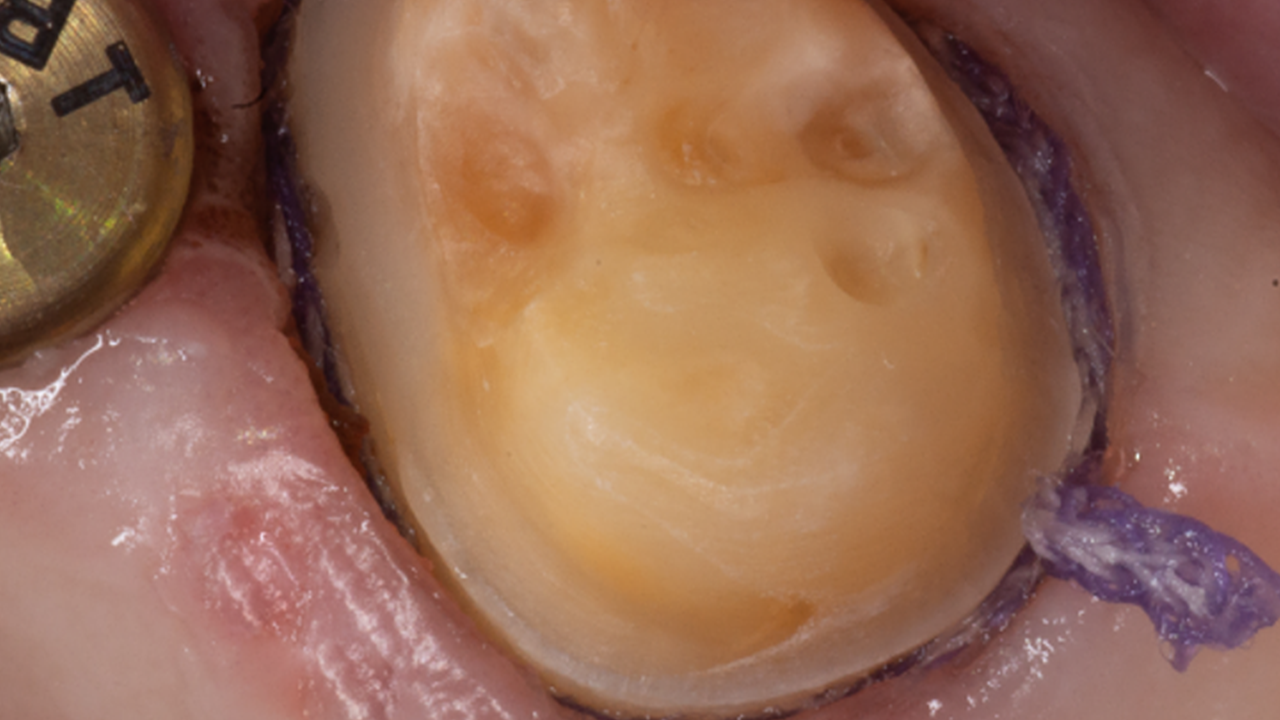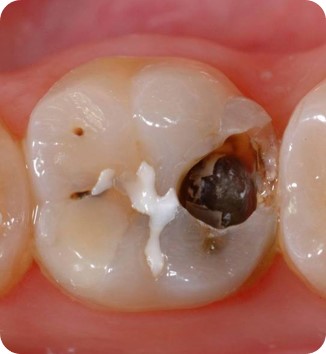Give us a call or provide your contact details below, and a Dentsply Sirona representative will be in touch soon.
2023 Sustainability Report
Our sustainability strategy is fundamental to our mission and is integral to everything we do.
15% off Essix Plastics (limit 6)*
Use promo code Q1ESS25 at checkout. Terms Apply*

Class II Restorative Solution
Contents:
- What Is tooth isolation?
- How do you isolate a tooth?
- Guide to better tooth isolation in dentistry
- Why isolate?
- The challenges with isolation in dentistry
- The solution? Take a modern approach to rubber dental dam isolation
- A streamlined approach
- Trust Dentsply Sirona’s streamlined solution for isolation challenges
Ask any dentist what the main causes of procedure failure are and inadequate tooth isolation will undoubtedly be close to the top of the list. Even though it’s been a staple of modern dentistry for decades, isolation remains a pesky but critical step in both endodontic and restorative procedures. It’s not just one aspect of isolation that makes it difficult—tooth isolation by nature isn’t easy, and when you add in trying to keep your patient comfortable and happy it can seem like an impossible task.
Here at Dentsply Sirona, we’re focused on empowering you to provide the best possible dental care to your patients. To help you do this, we’ve summarized the basics you should consider to provide better tooth isolation, ensuring an optimal restorative field is completely isolated, prepped, and ready for the next stage in the restorative procedure.

Why isolate?
The goals of isolation in dentistry are straightforward – avoid contamination of the restorative field and protect the patient against unwanted contact with products used in endodontic or restorative therapy. Today’s restorative procedures are mainly based on adhesive dentistry with isolation being most critical for success. If the restorative field is contaminated with salvia, the physical properties and ultimate success of the restoration may be compromised. Maintaining isolation throughout the entire procedure ensures the best possible outcome for restorative as well as endodontic procedures. The primary aim of endodontic treatment is to reduce the bacterial burden as much as possible. When done correctly, proper tooth isolation helps avoid additional bacterial contamination as well as the unwanted contact of rinsing solutions with healthy soft tissue.
The challenges with isolation in dentistry
Tooth isolation in dentistry is one of the most important aspects of modern restorative procedures, but it doesn’t come without its challenges. The most common form of isolation is using rubber dental dams, which can be uncomfortable for patients and in some clinical situations cannot be used due to access.

Challenging Restorative Situations
In a common clinical scenario, the prepared tooth is effectively isolated and the patient is tolerant of the total procedure time, meaning they are able to keep their mouth open, breathe through their nose and control their tongue. Challenging clinical scenarios are situations where effective tooth isolation might not be guaranteed for the total procedure time.
Today, 97% of clinicians say that achieving proper isolation of a Class II cavity is difficult in at least 1 out of 10 cases,1 justifying the need for a better alternative to the materials currently available for challenging cases.
Clinicians often turn to Glass Ionomer (GI)/Resin Modified Glass Ionomer (RMGI) materials when isolation is difficult or compromised knowing that the procedure time needed for such self-adhesive materials is much shorter and they allow for proper isolation during the critical steps. This option, however, comes with a compromise as current GI/RMGI materials will not support occlusal loading and will likely require frequent replacement as current studies indicate an annual failure rate of 25.8%.2
The solution? Take a modern approach to rubber dental dam isolation.
Traditional single-tooth rubber dam isolation can be extremely time-consuming and uncomfortable for the patient. When using the rubber dam material, different rubber qualities are often tried out and dental floss and water-soluble lubricants are used. This is why you should choose a dental dam that is more comfortable and easier to use.
Take our Lexicon HandiDam, for example. It’s a pre-framed rubber dental dam that can easily isolate a single tooth or groups of teeth for both restorative and endodontic treatments. Another handy feature is the ability to manipulate the frame during the procedure to provide easy access during suction or radiographs.
Related Articles
- Dental Learning Systems, Direct Restoratives Survey, May 2016. N=143
- Hickel et al: Longevity of occlusally-stressed restorations in posterior primary teeth. Am J Dent. 2005
- Internal data on file. For more information, contact Consumables-Data-Requests@dentsplysirona.com










